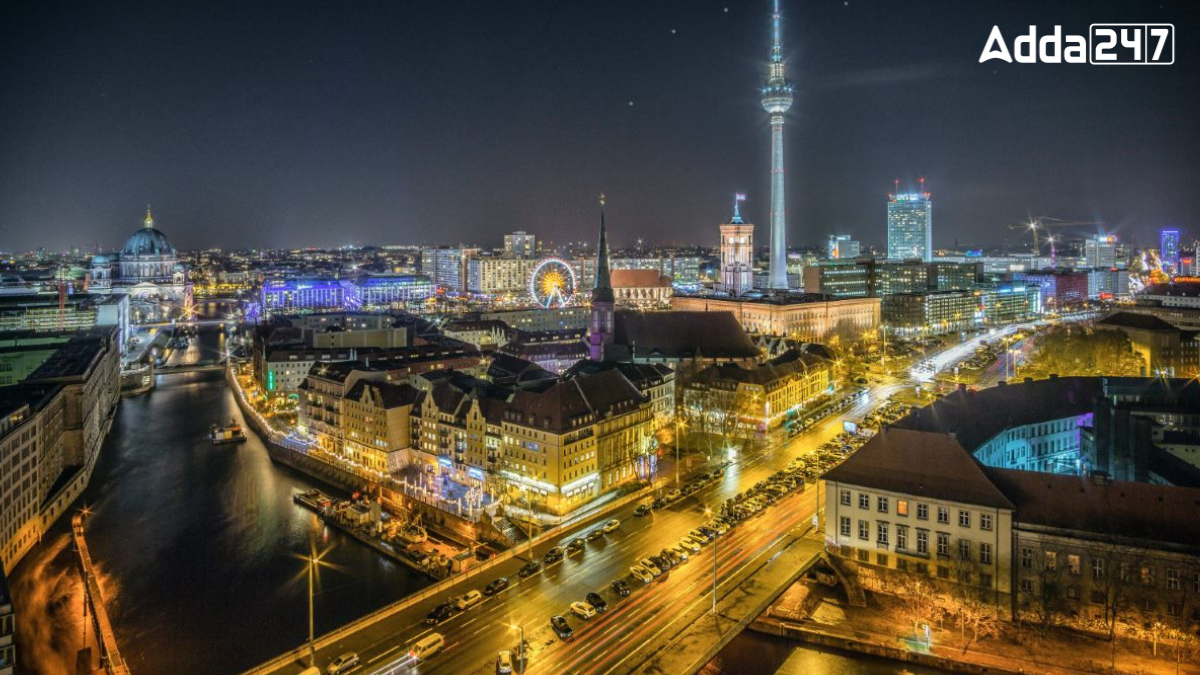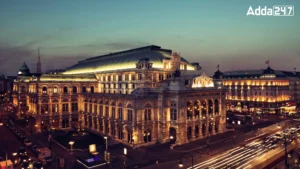Some cities in the world have unique nicknames based on their weather, history or appearance. In Germany, one city is often called the “Grey City” due to its frequent cloudy skies and cool climate. Despite, this name, the city is rich in culture, history and trade. It has beautiful architecture, famous landmarks and an important role in Germany’s economy. Let’s explore why this city got its nickname.
An Overview of Germany
Germany is a country in Central and Western Europe, known for its strong economy, rich culture and diverse landscapes. It stretches from the Alps in the south to the North Sea in the north. Germany shares borders with nine countries, including Denmark, Poland, France and Austria. Its central location marks it an important hub for trade, travel and cultural exchange in Europe.
The Grey City in Germany
Berlin is known as the “Grey City” of Germany. This nickname comes from its many concrete buildings, built after World War I, and the remains of the Berlin Wall. The city’s history of war and division adds to this image. However, Berlin is also a lively place with rich culture, art and history.
Why is Berlin Known as the Grey City?
Berlin is called the “Grey City” because of its many concrete buildings, built after World War I, and the remains of the Berlin Wall. The city was divided from 1961 to 1989, and the wall symbolized separation and struggle. Berlin’s history of war and the Cold War left behind a grey, serious image. However, despite this nickname, Berlin is also a lively city filled with art, museums and street culture, making it a place of both history and creativity.
An Overview of Berlin
Berlin, the capital and largest city of Germany, is a lively and historic metropolis with a population of 3.7 million. It is a major center for art, politics and media. Located in the northeastern Germany, Berlin is surrounded by the state of Brandenburg. The city lies along the Spree River, which flows into the Havel, adding to its scenic beauty and cultural significance.



 Which Country is Known as the Land of Ch...
Which Country is Known as the Land of Ch...
 Which Bird is known as the King of Birds...
Which Bird is known as the King of Birds...
 Which City of Austria is Known as the Ci...
Which City of Austria is Known as the Ci...







